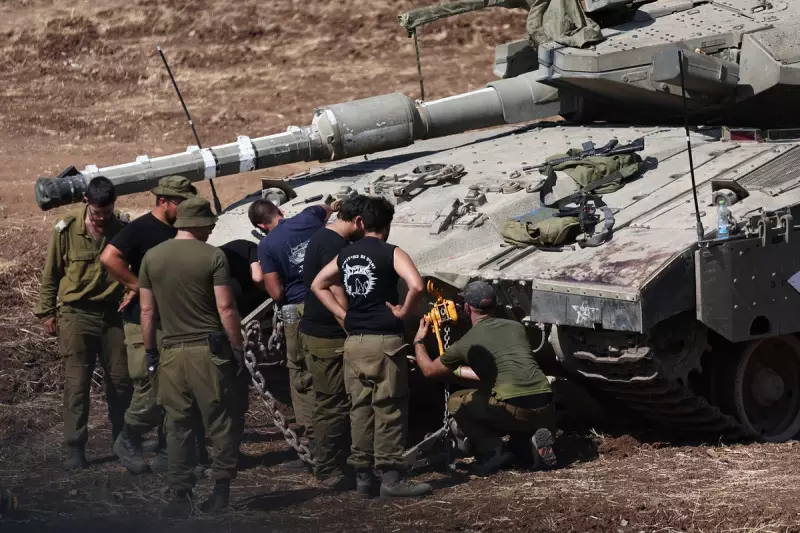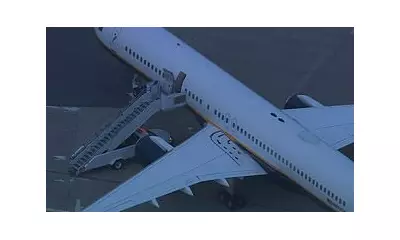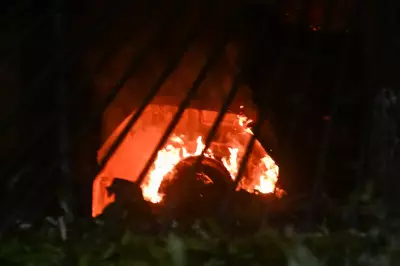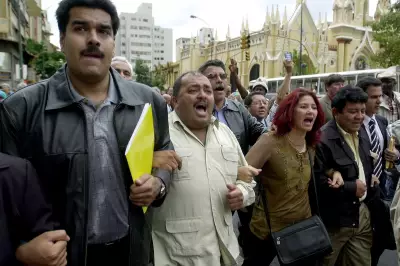
In a move that signals a pivotal shift in the ongoing ground offensive, elite Israeli reservist units have completed a full withdrawal from the ravaged streets of Gaza City. The departure of these highly trained forces leaves a precarious security vacuum in the northern part of the enclave, even as the Israeli Defence Forces (IDF) maintain a firm grip on key access routes.
A City in Ruins and a Strategic Pause
The exit of the brigades, including the renowned Yiftah and Carmeli units, comes after months of some of the most intense urban combat in recent history. Their mission, to dismantle Hamas's military framework, has left Gaza City a landscape of utter devastation. Satellite imagery and reports from the ground confirm widespread destruction, with critical infrastructure in ruins and a civilian population facing a dire humanitarian crisis.
The IDF's strategy now appears to be one of targeted raids rather than a sustained, large-scale presence. Military analysts suggest this new phase allows troops to recuperate and retrain while maintaining the ability to strike reactively against any attempts by Hamas to reassert its control publicly.
Hamas's Calculated Resurgence
Exploiting the reduced military footprint, Hamas is already attempting a fragile return. Reports indicate that local police forces, ostensibly to restore order and prevent looting, have been deployed in areas like Shejaiya and Zeitoun. This brazen move, under the watch of Israeli drones, highlights the complex and unresolved nature of the conflict. The group is seeking to project an image of governance and resilience to a beleaguered population, even as its leaders remain in hiding deep within tunnel networks.
The Humanitarian Catastrophe Deepens
The human cost of the fighting is staggering. With the city largely uninhabitable, the majority of Gaza's 2.3 million residents are now crammed into the southern town of Rafah, bordering Egypt. They face severe shortages of food, clean water, medicine, and adequate shelter. International aid organisations describe the situation as catastrophic, with warnings of famine and disease looming large. The withdrawal of troops does little to alleviate this immense suffering, as the mechanisms for distributing aid remain crippled.
An Uncertain Future and Mounting Pressure
This tactical recalibration by Israel occurs amidst growing international pressure, including from its key ally the United States, to transition towards more precise, lower-intensity operations and to prioritise a plan for the 'day after' the conflict. The question of who will govern Gaza once the guns fall silent remains profoundly unanswered, creating a dangerous power vacuum that groups like Hamas are all too eager to fill.
The withdrawal from Gaza City is not a declaration of victory but a recognition of the gruelling realities of asymmetric urban warfare. It sets the stage for a new, volatile chapter in this conflict, one characterised by guerrilla tactics, sporadic violence, and a protracted struggle for control over the future of Gaza.





